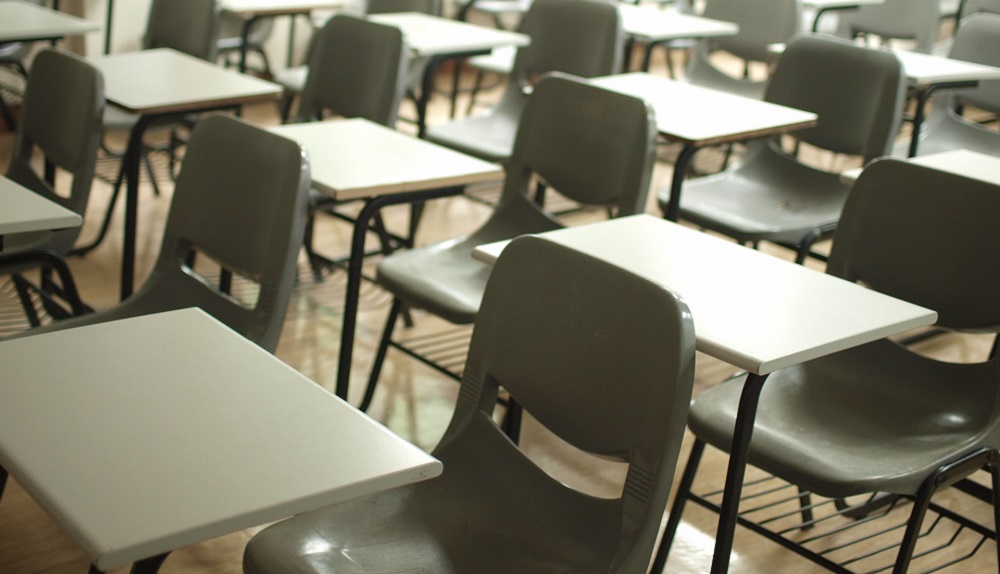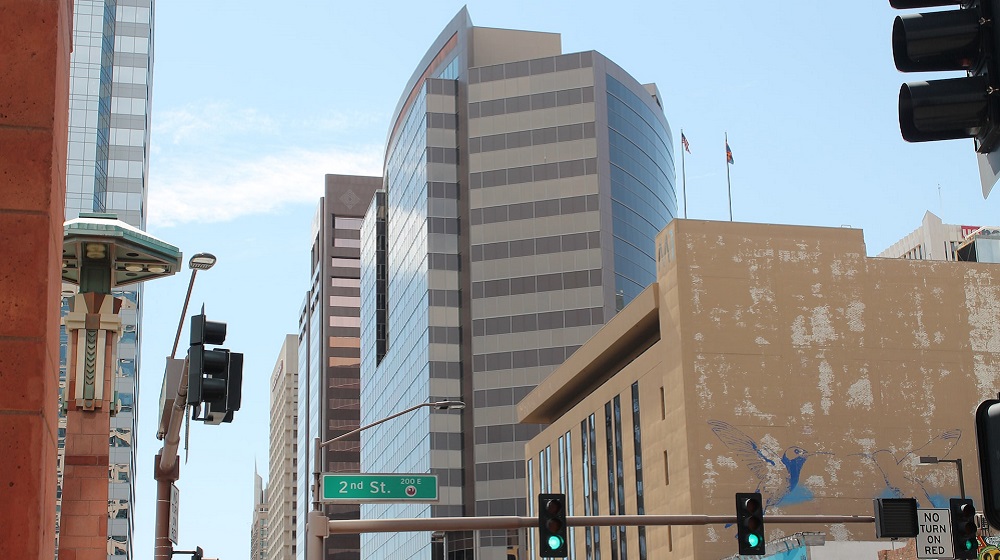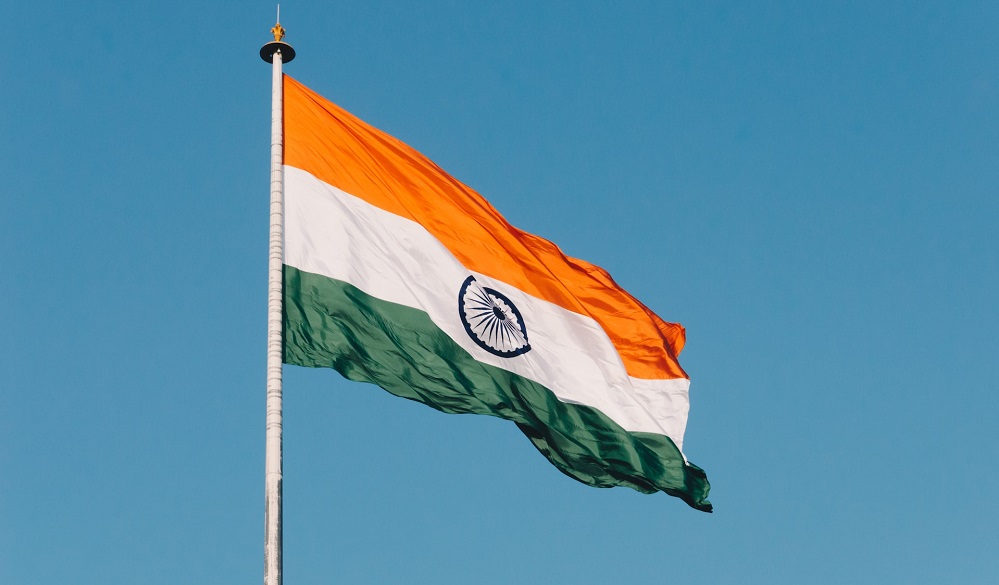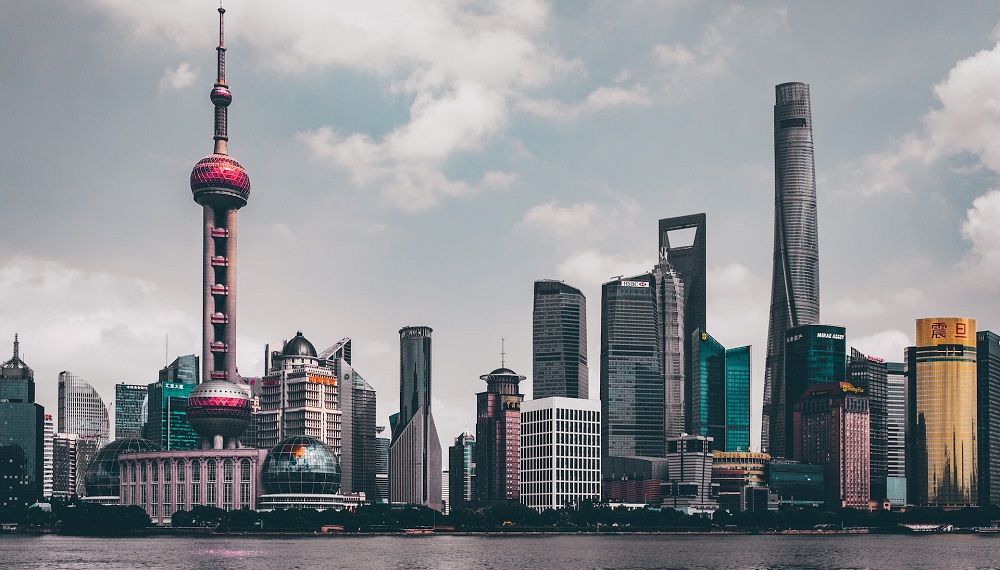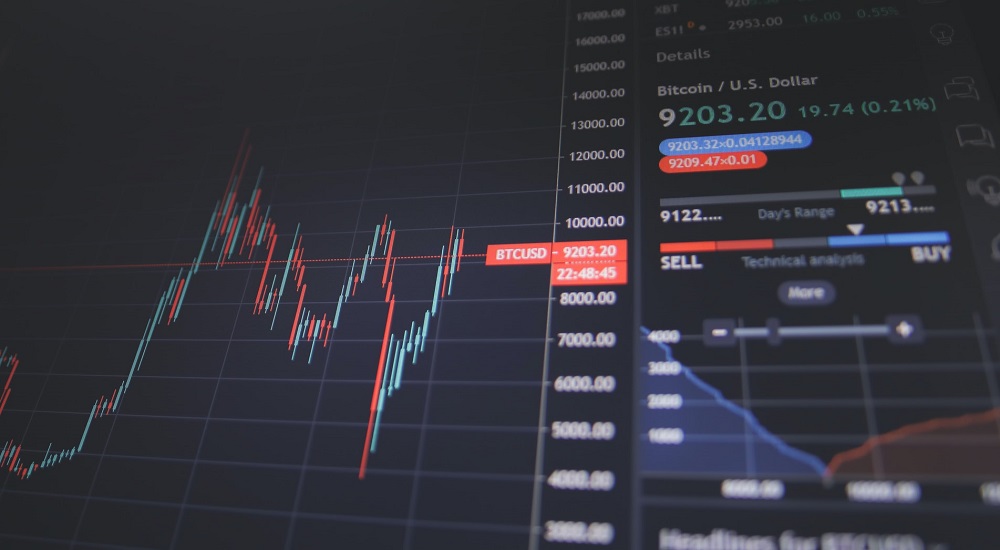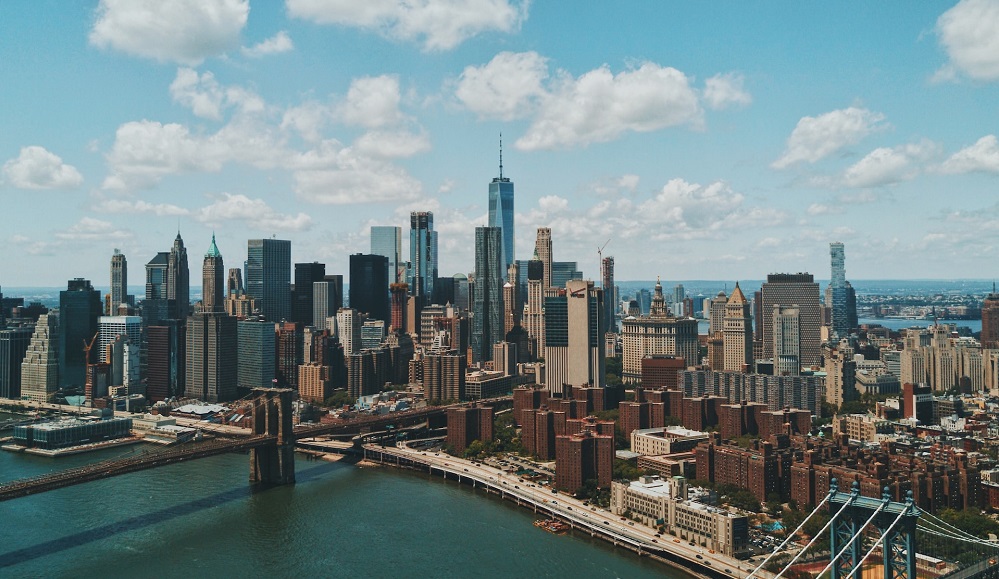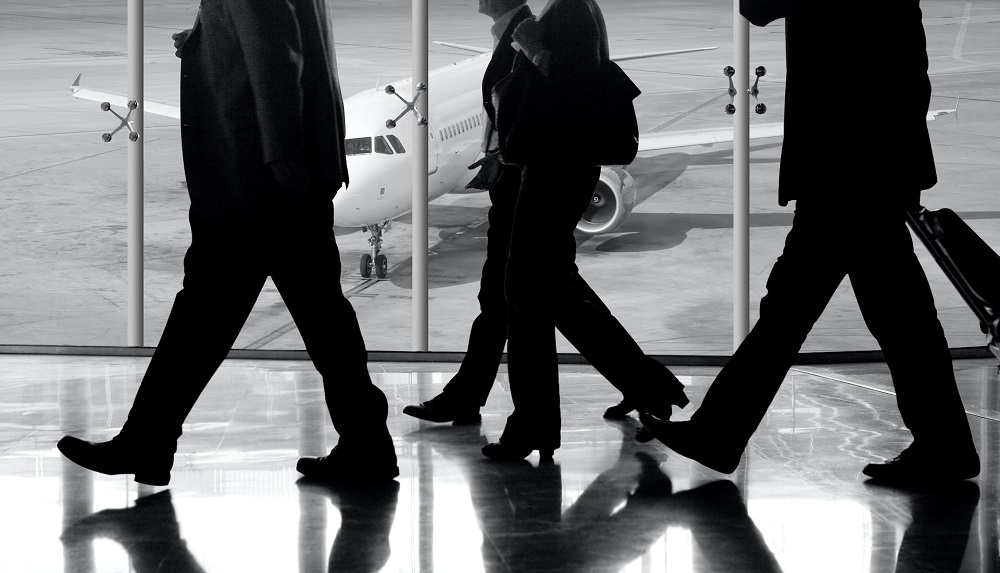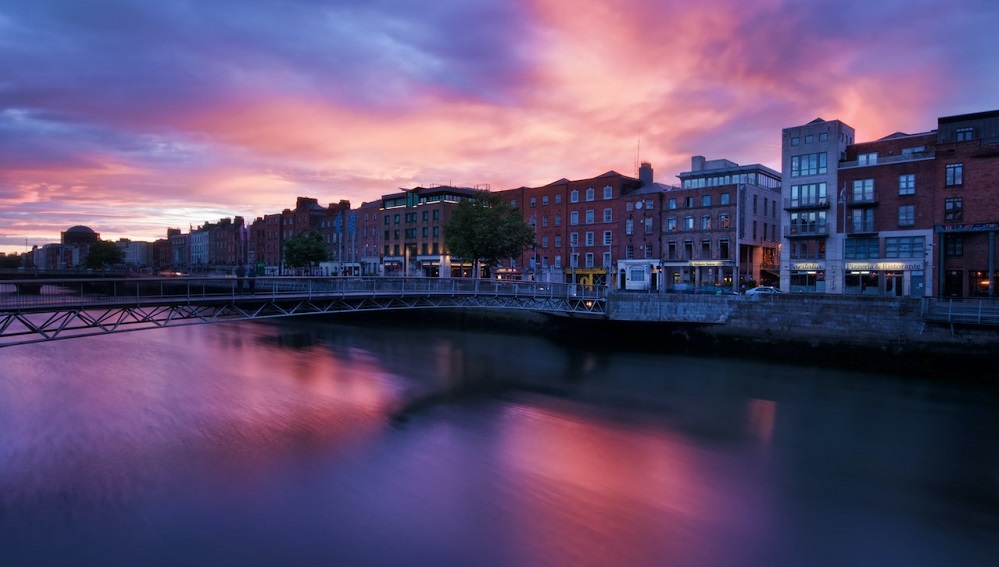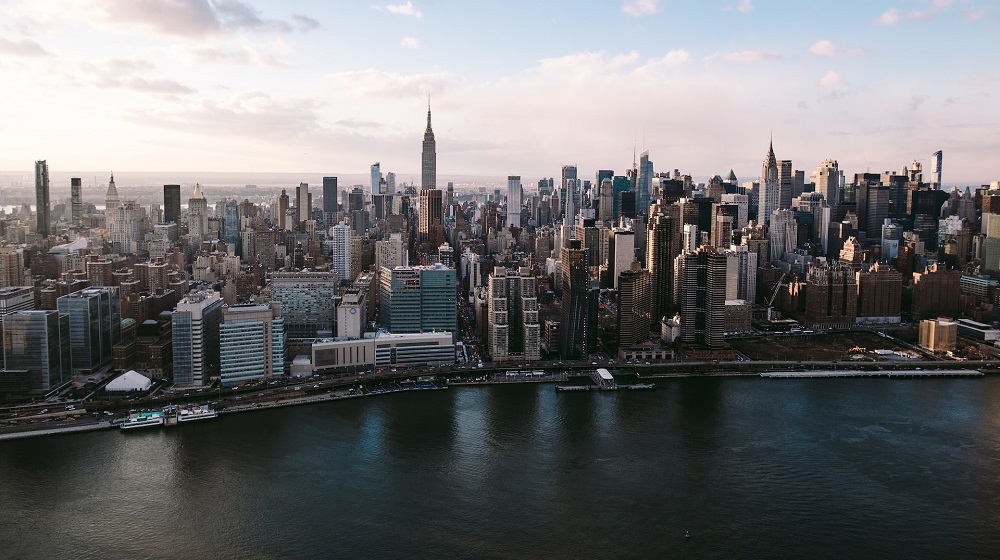Hotel occupancy came in at 62.8%, which was down from an elevated 64.2% the week prior (Presidents’ Day holiday) but higher than all other weeks in 2023 and 3.0% above the 2022 comparable. Average daily rate (ADR) was lower week over week as well but up 8.9% year over year (YoY) to US$151. As a result, revenue per available room (RevPAR) gained 12.1% YoY to US$95. As the 2022 Omicron calendar comparison fades, hotel performance is resembling a more normal pattern as evidenced by improving occupancy in major markets and growing group demand.
As spring break season approaches, tracking school calendar data becomes critical for predicting travel demand across the U.S. The swings from one academic year to another can generate substantial waves in hotel performance, since vacation scheduling directly impacts over 50 million public K-12 students across the country, not to mention their families.
STR’s global “bubble chart” updated through 17 February 2023 showed generally strong performance to kickstart the year. Among all countries with room supply of more than 50,000 rooms, Israel, Switzerland, Singapore, France and the United Arab Emirates led in revenue per available room (RevPAR) on an actual basis. If you recall, Israel, Switzerland and Singapore were among the top five in RevPAR during 2022 and that strength has continued early 2023.
As forecasted, Phoenix’s hotel industry ranked second all-time among Super Bowl host markets in average daily rate (ADR) and revenue per available room (RevPAR) during the weekend of the big game. While the market’s rankings were as forecasted, the values that produced that status were different than projected. ADR ($538) and RevPAR ($468) beat forecasts, while occupancy (86.9%) was lower. When adjusting for inflation (real), Phoenix’s ADR and RevPAR were easily all-time highs for the market.
India’s hotel industry turned in a stellar 2022 with revenue per available room (RevPAR) 100% recovered to pre-pandemic levels even with a devastating start to the year caused by a surge in the Omicron variant. Recovery of RevPAR was more driven by average daily rate (ADR), which indexed at 108 when compared with 2019 levels. However, occupancy recovery was strong as well with an index of 93. Overall, the full recovery of RevPAR means indexing won’t be needed much longer as year-over-year percentage changes become actionable again once the calendar is beyond the Omicron comparables.
There was surprise around the globe when China announced the easing of most of its COVID restrictions in December 2022. That meant the end of a zero-COVID policy which had suppressed China hotel industry performance for almost three years. That also meant that January 2023 would feature China’s first Lunar New Year holiday without a lockdown since 2019, and as expected, positive performance developed for this important holiday period in the region.
Performance recovery was substantial for most of Latin America’s hotel industry in 2022, with Mexico, Central America and South America easily surpassing their pre-pandemic comparables in revenue per available room (RevPAR). While all three experienced substantial growth in room rates, Central America came closest to 2019 level in occupancy.
U.S. hotel industry occupancy bounced back in the week after the MLK holiday, reaching 56.3%. That level was up 6.8 percentage points (ppts) from a year ago and just 1.5ppts below the comparable week in 2019. Moreover, the week’s level was the eighth highest ever recorded for the last full week of January—the highest occupancy (58.4%) was posted in 2006. Even better, room demand was the second highest for the week and just 25,000 nights short of the record seen in 2020.
STR’s global bubble chart update for 2022 shows resilient performance and plenty of momentum to face a challenging 2023 ahead. Almost half of the STR-defined markets around the world fully recovered revenue per available room (RevPAR) to 2019 levels. Among the 64 countries with room supply of more than 50,000 rooms, Jamaica, Israel, Cyprus, Switzerland, and Singapore were the top five performers on an absolute RevPAR basis in 2022. In most regions, performance was driven more by hotel prices while occupancy lagged pre-pandemic levels. Israel led all countries with an average daily rate (ADR) of more than US$300.
Top-line performance recovery was aplenty around the U.S. in 2022 as record-breaking levels of demand were combined with strong pricing power in an inflationary setting. Among the recovery highlights, New York City made a phenomenal comeback to grab the nation’s top spot in revenue per available room (RevPAR), while smaller hotel destinations with a primary focus on high-end travelers also found significant levels of success for the year.
Nearly two years have passed since STR published its first business travel recovery blog under the headline, “Waiting for Business Travel to Return.” Now 11 months into 2022, the wait for that return has been over for some time although further gains are needed to reach pre-pandemic levels. According to consumers, those gains are on the way with combination business/leisure trips representing the biggest increase.
STR’s global “bubble chart” update through 19 November 2022 showed the strongest performance of the year thus far. Egypt, Argentina, Israel, Singapore, and the United Arab Emirates were the top five performing countries in revenue per available room (RevPAR) on an actual basis. Europe saw less representation at the top of the leader board, partly due to seasonality with the colder months arriving around the continent, but a continued strong position in relation to pre-pandemic comparables.
For the week of 6-12 November 2022, the post-Halloween demand return continued, as the metric increased 3.4% week on week (WoW). As a result, occupancy rose to 64.6% from 62.4% a week prior. Midweek occupancy, Tuesday through Thursday, fell slightly from 65% to 64.8% as softness outside the Top 25 markets dampened the measure. Top 25 midweek occupancy rose to 71.8%, up 0.5 percentage points (ppts) WoW. Weekend occupancy remained above 73% across the U.S., up 0.7ppts WoW.
A turbulent two years due to the pandemic proved to be the ultimate test of resilience and business continuity for hotels in Ireland. This year, however, has produced a strong recovery despite a difficult start and ongoing global macroeconomic uncertainty. Hotels in Ireland have been successful in navigating the choppy waters as evidenced by the performance recorded thus far in 2022.
Global hotel hotel demand continues to strengthen, and the recovery index for the metric hit a pandemic-era high at the end of the third quarter of 2022. Among comparable, reporting hotels—those properties reporting data for the 2019 and 2022 year-to-date periods—September demand was just 6% shy of pre-pandemic levels. September was the fifth consecutive month with global demand recovery at a relatively stable point, at slightly more than 90% of pre-pandemic levels.
STR’s U.S. “bubble” chart update for mid-October 2022 highlights the best and worst performing hotel markets in terms of occupancy, the average percentage of rooms being filled. Data for the four weeks ending 15 October shows that New York City widened its performance lead over the other large markets and that leisure travelers flocked to autumn destinations as well as resorts far removed from the path of the hurricane. Among the Top 25 Markets, New York City had the highest occupancy at 84.7%. Boston (81.6%) was second, while Anaheim (80.7%), Nashville (79.3%) and San Diego (79.1%) rounded out the top five.
STR’s global bubble chart update shows steady top-line performance indicators around much of the world during the four weeks ending 24 September 2022. While most countries maintained their recovery pace since our previous update, China’s struggles continued while other Asian countries saw a pickup in recovery pace. Among the 48 countries with room supply of more than 50,000 hotel rooms, 12 posted occupancy above 75%, which was one more than the previous 28-day period. Average daily rate (ADR) softened after the summer peak as only four countries recorded a level of $250 or above, which was two countries less than previous four-week period.
For this edition of STR’s U.S. “bubble” chart update, we returned the focus to revenue per available room (RevPAR), a core indicator of the general financial health of hotel markets. For the four weeks ending 10 September, there was an expected seasonal softening from the mid-summer travel peak. In fact, only six of the 165 STR-defined U.S. markets saw month-over-month RevPAR increases for the period, which included the Labor Day holiday. That holiday typically produces major decreases in industry demand—especially weekday business travel—as well as marks an informal end to summer travel.
As anticipated, U.S. hotel demand for the week of 11-17 September 2022 soared back, increasing 13% week on week (WoW) and pushing occupancy to a six-week high of 69.6%. Weekday (Monday-Wednesday) occupancy was slightly better at 69.9%, with the measure reaching 75.5% in the Top 25 Markets—the second highest level of the pandemic-era behind the week ending 18 June 2022. Nominal average daily rate (ADR) made its way to a seven-week high (US$156), up 5.8% WoW and +18% year on year.
STR’s latest global bubble chart update shows strong top-line performance indicators for much of the world during the four weeks ending 20 August 2022. Among the developments since our previous update, countries around the Mediterranean region led in overall performance, while more markets overall eclipsed pre-pandemic levels of occupancy. Among the 48 countries with room supply of more than 50,000 hotel rooms, 11 reported occupancy above 75%, which was four more than the previous 28-day period.








